September 3, 2020
Long hours main reason workers take their employer to tribunal
 UK workers are most likely to log a claim against their employer for making them work excessively long hours, claims new data by health and safety training provider DeltaNet International. The data, which looks at the number of employment tribunal cases over the last five years, suggests there have been 160,299 jurisdictions (complaints) in relation to employers breaking the Working Time Directive, which outlines the maximum weekly working hours. Under the directive, a UK employee cannot work more than 48 hours a week on average – normally averaged over 17 weeks – unless there is an exception. (more…)
UK workers are most likely to log a claim against their employer for making them work excessively long hours, claims new data by health and safety training provider DeltaNet International. The data, which looks at the number of employment tribunal cases over the last five years, suggests there have been 160,299 jurisdictions (complaints) in relation to employers breaking the Working Time Directive, which outlines the maximum weekly working hours. Under the directive, a UK employee cannot work more than 48 hours a week on average – normally averaged over 17 weeks – unless there is an exception. (more…)






 Supported by its Green Building Councils and their members, the
Supported by its Green Building Councils and their members, the 
 A new study by
A new study by 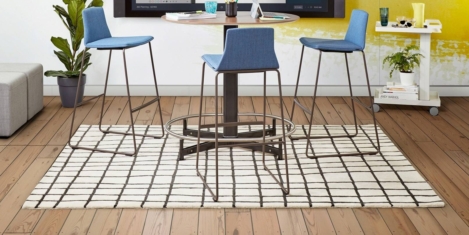
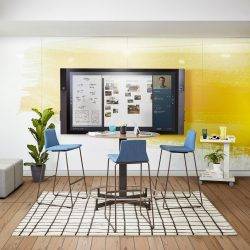








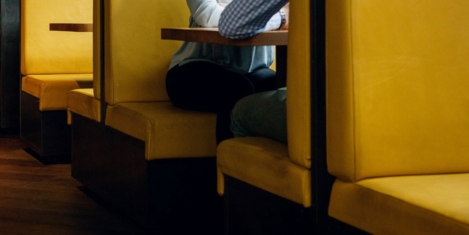
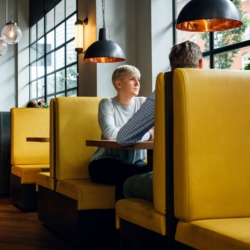
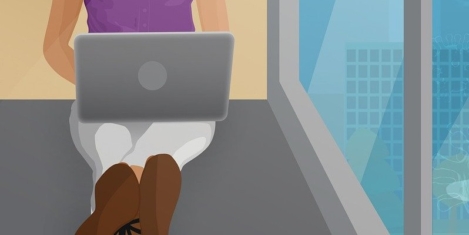
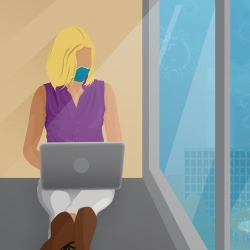










September 2, 2020
Remote work and the coming race to the bottom
by Mark Eltringham • Comment, Wellbeing, Working lives